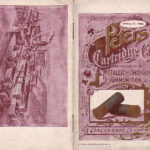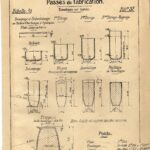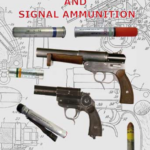Serving cartridge collectors and professionals in the areas of ammunition research and forensics
The International Ammunition Association, Inc.
6531 Carlsbad Dr, Lincoln, NE 68510 U.S.A.
About the IAA
The International Ammunition Association is a non-profit corporation whose objectives are to advance all facets of knowledge and interest concerning ammunition of all types and forms, and to provide mediums for the exchange of information and specimens thereof.
Don't Miss
Cartridge Shows




